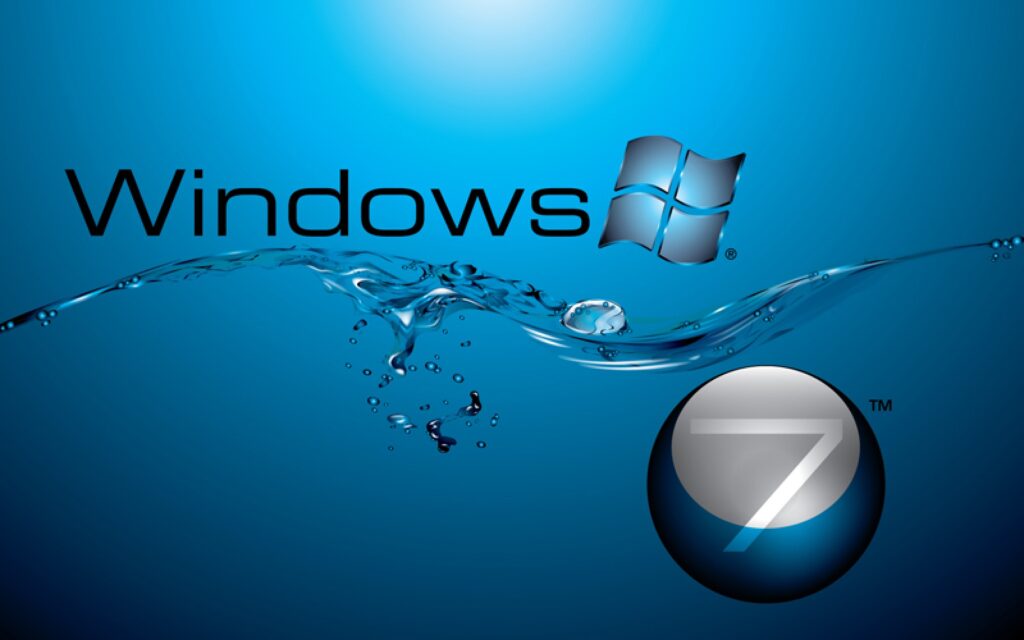Pour one into Windows 7, the decades-old operating system. Nearly three years after Microsoft ended mainstream support for Windows 7, Microsoft no longer provides security updates, leaving remaining users either upgrading to newer operating systems or vulnerable to ongoing security threats. You can decide to do nothing.
Windows 7 was discontinued in January 2020 after being in use for over a decade, but Microsoft decided to maintain older or older devices that are not easily updated, such as hospital scanning devices and production line systems. authorized customers to pay for Extended Security Support.

These Extended Security Updates ended today. We don’t know exactly how many Windows 7 computers are still running (or are connected to the Internet and therefore at increased risk), but some market share data suggests that number is more than desktop computers.
Windows 7 won’t stop operating if Extended Security Updates aren’t installed, but it won’t be patched for both new and old security flaws.
Windows 8.1, the version of the operating system that succeeds Windows 7, also reached the end-of-support milestone on Tuesday, nearly a decade after its release. Microsoft says it is no longer offering Extended Security Updates for Windows 8.1. This is probably due to historically low usage and many people skipping the operating system and upgrading directly to Windows 10.
Meanwhile, the latest version of Microsoft Edge (version 109), scheduled for release on Thursday, is the latest to support the deprecated Windows 7 and Windows 8.1.


















